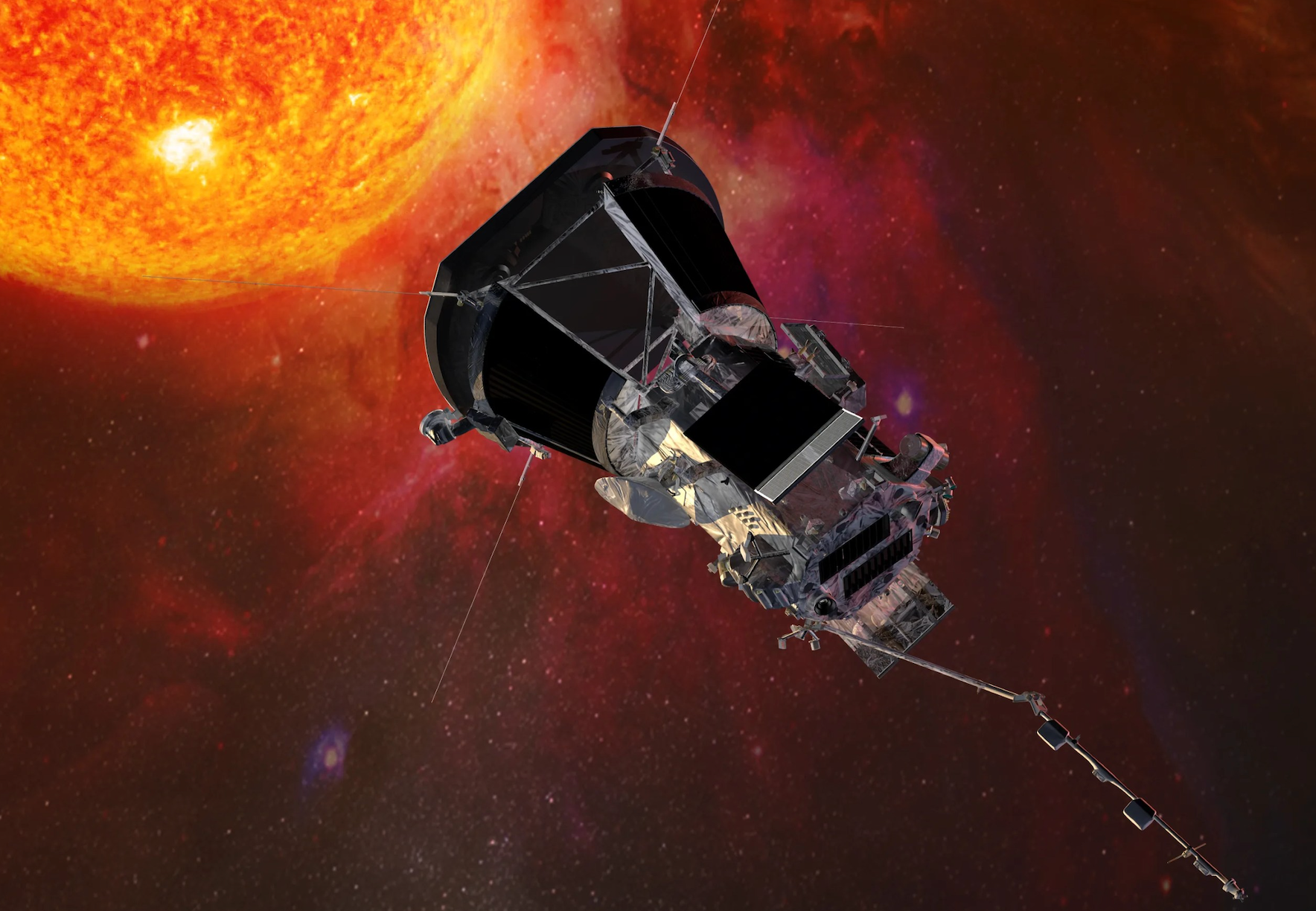Nasa’s Parker probe phones home after ‘touching Sun’ in historic mission
Spacecraft expected to send back detailed data on New Year’s Day
Your support helps us to tell the story
From reproductive rights to climate change to Big Tech, The Independent is on the ground when the story is developing. Whether it's investigating the financials of Elon Musk's pro-Trump PAC or producing our latest documentary, 'The A Word', which shines a light on the American women fighting for reproductive rights, we know how important it is to parse out the facts from the messaging.
At such a critical moment in US history, we need reporters on the ground. Your donation allows us to keep sending journalists to speak to both sides of the story.
The Independent is trusted by Americans across the entire political spectrum. And unlike many other quality news outlets, we choose not to lock Americans out of our reporting and analysis with paywalls. We believe quality journalism should be available to everyone, paid for by those who can afford it.
Your support makes all the difference.Nasa has confirmed that its Parker Solar Probe is “operating normally” after making the closest-ever approach to the Sun by a spacecraft.
The pioneering probe made its closest approach to the star on Christmas Eve, zipping past just 3.8 million miles from the solar surface at a speed of about 430,000 miles an hour. This is only about 4 per cent of the distance between the Earth and the Sun.
Nasa did not have contact with the spacecraft during the historic feat as it endured temperatures of up to 982 degrees Celsius.
Today is the last contact with Parker Solar Probe before its historic solar flyby on Dec. 24, when it will pass just 3.8 million miles from the Sun: https://t.co/ZdKI6sOTtz
— NASA Sun & Space (@NASASun) December 21, 2024
Next contact is Dec. 27, when Parker sends a beacon tone to confirm it’s safe. Here we go! 🛰️ ☀️ #3point8
The American space agency confirmed that it received signals from the probe on 26 December, just before midnight EST. “Parker Solar Probe has phoned home! After passing just 3.8 million miles from the solar surface on 24 December – the closest solar flyby in history – we have received Parker Solar Probe’s beacon tone confirming the spacecraft is safe,” Nasa said in a post on X on Friday.

Parker is expected to send back detailed data about its condition and experiences on 1 January 2025. This data could help scientists measure how matter is heated to millions of degrees near the Sun and offer further insights into how solar winds originate.
Parker Solar Probe has phoned home!
— NASA Sun & Space (@NASASun) December 27, 2024
After passing just 3.8 million miles from the solar surface on Dec. 24 — the closest solar flyby in history — we have received Parker Solar Probe’s beacon tone confirming the spacecraft is safe. https://t.co/zbWT7iDVtP
While the Sun’s warmth makes life possible on the Earth, severe solar storms coming from its surface can cause temporary radio communications and power blackouts on the planet.
As the Sun is currently at the maximum solar activity phase of its 11-year cycle, scientists hope to further unravel how energetic particles released from it reach near light speeds and affect the Earth.
Since its launch in 2018, Parker, the fastest object ever made by man, has circled closer to the Sun, flying past Venus and using its gravity to move into a tighter orbit.
Its previous passes closer to the Sun helped scientists unravel the finer structures of solar wind and also map the outer boundary of the Sun’s atmosphere.
The probe, built to withstand temperatures of up to 1,371C, is expected to continue circling the Sun at this distance until at least September.

Join our commenting forum
Join thought-provoking conversations, follow other Independent readers and see their replies
Comments